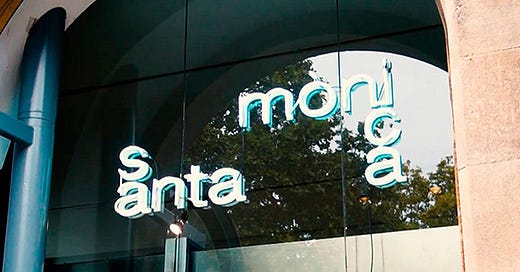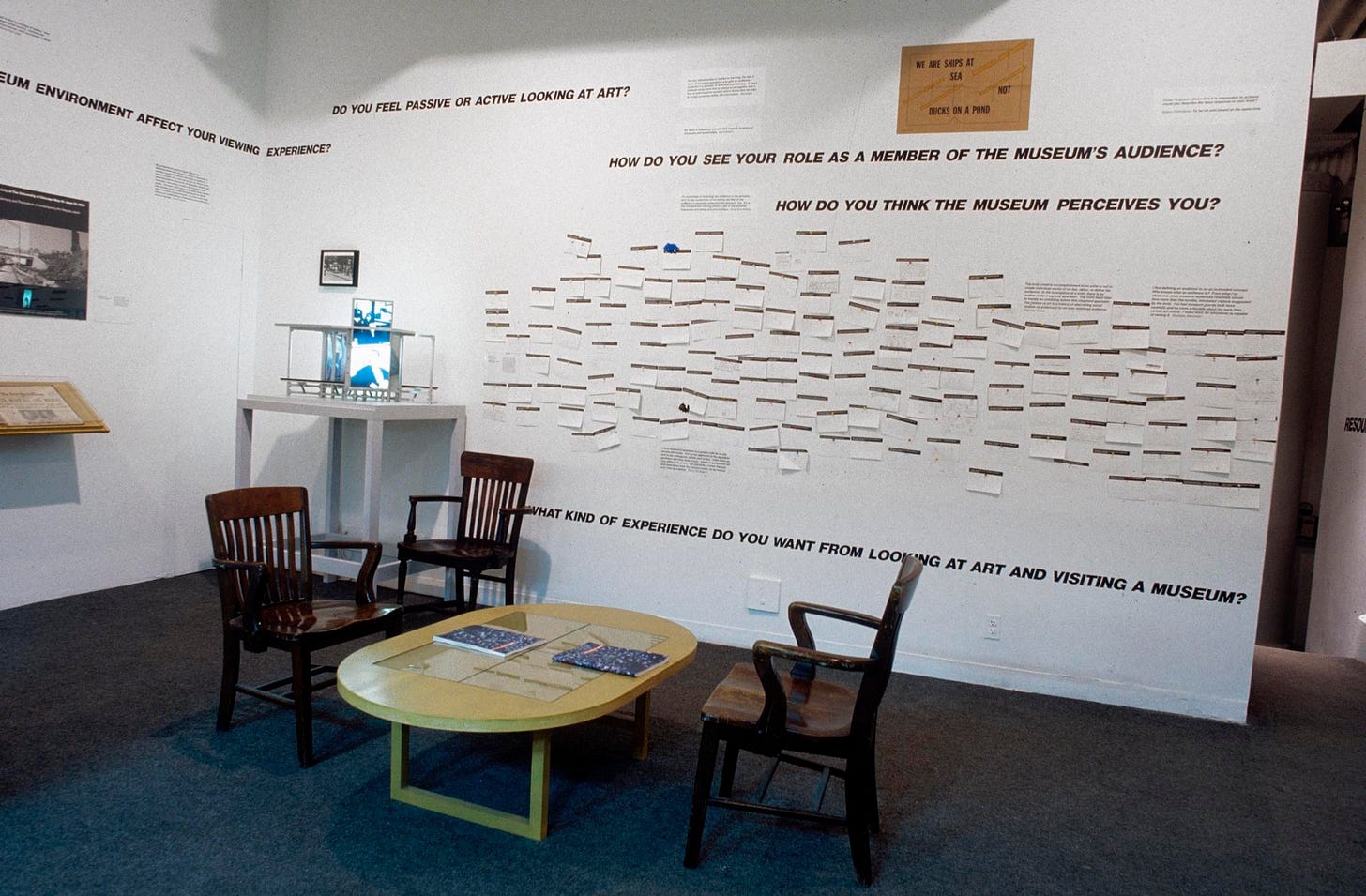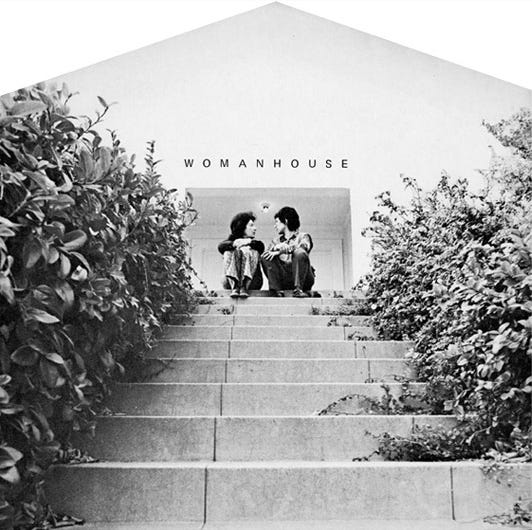Art and Investigations
Methodologies typically associated with academic research have a lot more to do with art creation than you think
Dear reader, Welcome or welcome back!
Writing is hardly ever neutral. On the contrary, it is constantly being influenced by the context the writer is in.
There’s two of us working on this newsletter, and to stay organized we set up a yearly content calendar with an overview of the topics we want to write about. Back in January we were very pleased with ourselves but, as it often happens when researching or studying, we realized that there was something important we almost left out. This month’s theme, dedicated to contemporary investigative methodologies in art, is that thing we had to make space for. Unplanned, but now necessary.
LA MICCIA
FROM ARTWORK TO PROCESS
We’re used to thinking about art as an object or a performance. As of lately, we might have acquired more mental flexibility thanks to conceptual art, which contributes to an understanding of art that isn’t limited to a painting, a statue, or an installation, but also as a presence in nature, a performance act, a fleeting gesture.
One of us is a master’s student (shoutout Sara!) and together we often wander around the cultural centers of our city, Barcelona. Visit after visit, we’ve rationalised the existence of a methodology that has an important past but which is also becoming more pervasive among up and coming artists. As always, its terminology is already being debated by academics and we will not get into it, we’ll just call it investigative art method.
The desire to talk about this method stems from a visit to the exhibition Utopia Rambles at the Centro d’Arte Santa Monica in Barcelona (if you happen to be here you can visit it until May 21st, or just stay tuned for some content coming out soon on @heritagin). We were guided through the exhibition by artist and mediator Elena Blesa Cabez, who explained the center and its purpose through the words his director, Enric Puig Punyet (which you can read in Catalan on the website but here’s a liberal translation in English):
“Santa Monica is an interdisciplinary artistic center dedicated to the promotion of the creation of contemporary art. Its goal is to serve as a platform to share contemporary creativity in Catalunya and as a space of reflection to promote debate and generate ideas about artistic production and its relationship with the public. The center is based on the concept that art is not static, useless, or contemplative, but rather it is a tool to talk about the present, to unite and ignite us, to connect us through our stories, and to open us up to new questions”.
The text continues and we suggest you read all of it here, where you can get a somewhat comprehensible translation in your own language.
To achieve these goals, the Santa Monica periodically invites a group of interdisciplinary artists to collaborate on creative projects. Every 4 months a process of shared creation begins, where around 50 artists participate. Often, depending on the group, on the theme, and on the artist’s circumstances, their initial brainstorming requires a time of co-living within the centre. Elena tells us that she typically gets involved in this, as she is a former participating artist and now holds a role between mediation and curation. Together with two colleagues, her role is to manage the artists through meetings and gatherings.
Utopia Rambles develops around the theme of the ramblas, streets in Barcelona that have become difficult for the local community to live in because flooded by tourists. The artists, then, in trying to envision possible ways to change this situation, work through investigation and the consultation of archives. The rooms that can be visited at the Santa Monica get literally filled up with the thought process of the group, they become a space of active research where it is possible to look at images, old geographical maps, photos of historical events, etc. The artist’s investigative process is everywhere and in whichever form, from photographs to post-its on the wall.
Emblematic is the study room of the group. Here the walls are filled with programmes, thoughts, pieces of research, tasks and in the middle there’s these big work tables, on which the artists meet to work on the actions, performances, and products they will create and enact.

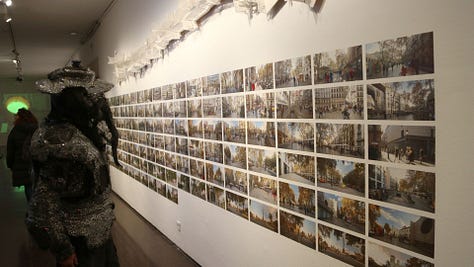
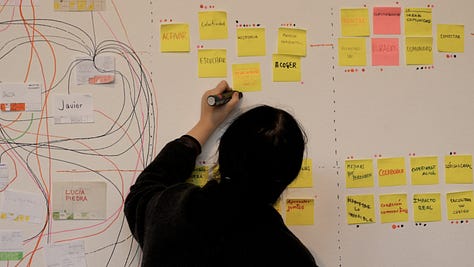
In this context, talking about “artwork” is challenging because we find ourselves in front of a space covered by ideas, stories, fragments, floor plans, escape routes. The scene seems set in one of those old chambers of wonders, but with a completely different methodological approach. There’s not a singular person, but rather a multidisciplinary collective concentrated on a specific theme, rediscovering, deconstructing, and re-elaborating it.
Coming out from the visit, we begin reflecting on this approach to art and we realise that it is deeply connected to the academic model we’re used to from university. Basically, the investigation and the account of the methodological process are the bases for PHD’s, research proposals, and residencies. The academic world must have influenced art production so much that its starting point is now research, further taking away importance from the object as artwork and emphasizing the process instead (very contemporary, right?).
IN HISTORY
But where does this methodology come from? An important source is artist and curator Julie Ault with her 1991 work Resource Room.
Placed inside the Rhetorical Image exhibition, Resource Room was a study room that served as a space to dive deeper into the themes and dialogues introduced by the exhibit. The curatorial intent was to interrupt the passive role of the visitors in museums but rather make them feel more involved in what they were watching.
Taking a few more steps into the past, there’s an artistic project born from the collaboration and cohabitation of a group of American artists which became an interdisciplinary space of investigation, experimentation, action, and dialogue.
The Womanhouse opened in Los Angeles as part of the first Feminist Art Program, founded by Judy Chicago at the California State University and later at CalArts. Chicago, together with her co-educator Miriam Schapiro worked with a group of artists and students with the goal of transforming a run-down house in the city into a co-creation space.
Personally, we assign a lot of value collaboration, so we find that this investigative approach, which needs a plurality of voices and thoughts, is remarkably interesting. On top of that, we find it curious just how much research and theory are the bearing structure of a lot of contemporary artworks.
And what do you think? Leave us a comment and let’s open up a discussion!
KNICK KNACKS
TO VISIT
Utopia Rambles, at the Santa Monica in Barcelona ongoing until May 5th
Georgia O’Keeffe, To See Takes Time at the MoMA in NYC from April 9th to August 12th
Slide/Show at UCCA Beijing from April 29th to August 13th
Lindsey Mendick, Where the Bodies are Buried at Yorkshire Sculpture Park in Wakefield from April 6th to September 3rd
The Culture: Hip Hop and Contemporary Art in the 21st Century at the Baltimore Museum of Art in Baltimore from April 5th to July 16th
Kara Walker: Harper’s Pictorial History of the Civil War at the NYHS in NYC ongoing until June 11th
TO CHECK OUT
Art21 is a fun website with a ton of resources on contemporary art
Contemporary Art Daily for, literally, your daily dose of contemporary art
TO WATCH
This video on Chicago’s Womanhouse:
Thank you for reading, see you next month!
Ginevra & Sara


